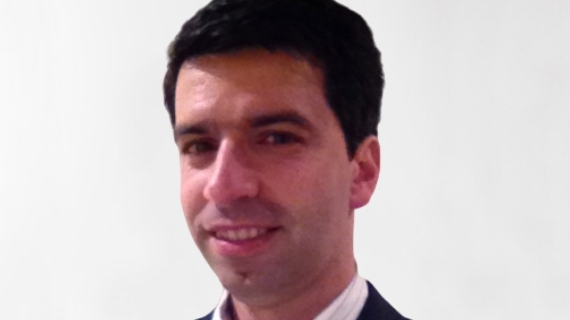Filipe Videira
The intervention of physiotherapy in temporomandibular disorders and orofacial pain

- Bachelor’s Degree in Physiotherapy – Instituto Superior de Ciências da Saúde Egas Moniz
- Master in Osteopathic Techniques of the Locomotor Apparatus – Madrid School of Osteopathy
- Post-Graduation in Pathophysiology of the Craniomandibular, Craniocervical and Facial Pain Musculoskeletal System – Universidad Andrés Bello
- National Academy Sports Medicine Corrective Exercise Specialist
Nationality: Portugal
Scientific areas: Occlusion
17 of november, from 15h10 until 15h50
Auditorium A
Conference summary
Temporomandibular disorder (TMD) is defined as a set of conditions that affect the masticatory muscles, the temporomandibular joint and associated structures.
The variety of signs and symptoms reveals the complexity of this condition of multifactorial etiology.
Very often, TMD is associated with other symptoms that affect the orofacial and cervical region, such as headaches, ear-related symptoms and cervical spine dysfunction.
The intervention of Physiotherapy, being a non-invasive treatment is the first option in about 85 to 90% of patients, aims to reduce musculoskeletal pain, promote muscle balance, improve motor control and maximize joint mobility through specific manual therapy techniques and therapeutic exercise.